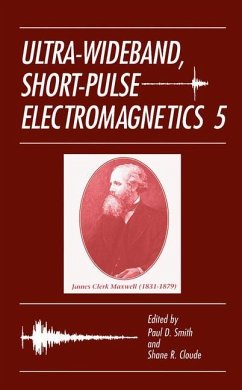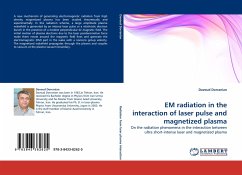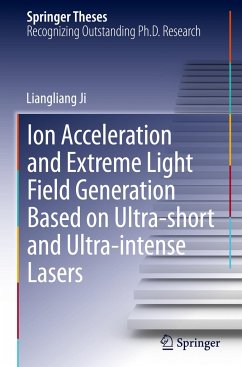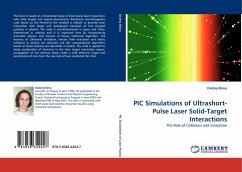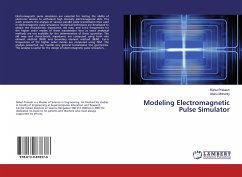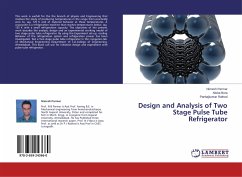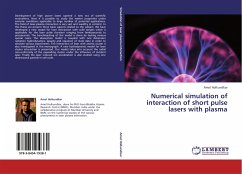
Numerical simulation of interaction of short pulse lasers with plasma
Versandkostenfrei!
Versandfertig in 6-10 Tagen
45,99 €
inkl. MwSt.

PAYBACK Punkte
23 °P sammeln!
Development of high power lasers opened a new era of scientific innovations. Now it is possible to study the matter properties under extreme conditions applicable to large number of potential applications. The field of laser-plasma interaction is very vast and wealthy in content. In this thesis we present three basic aspects related to the subject.We have developed a new model for laser interaction with solid targets which is applicable for the laser pulse duration ranging from femtoseconds to picoseconds. The benchmarking of the model is done by testing various special cases. The absorption m...
Development of high power lasers opened a new era of scientific innovations. Now it is possible to study the matter properties under extreme conditions applicable to large number of potential applications. The field of laser-plasma interaction is very vast and wealthy in content. In this thesis we present three basic aspects related to the subject.We have developed a new model for laser interaction with solid targets which is applicable for the laser pulse duration ranging from femtoseconds to picoseconds. The benchmarking of the model is done by testing various special cases. The absorption model is coupled with one dimension radiation hydrodynamics, opacity and equation of state data in order to simulate various experiments. The interaction of laser with atomic cluster is also investigated in this monograph. A new hydrodynamic model for laser cluster interaction is presented. Our model takes into account the radial non-uniformity of the expanding cluster under the influence of incident laser. Finally the laser induced ion acceleration is also studied using one dimensional particle-in-cell code.




